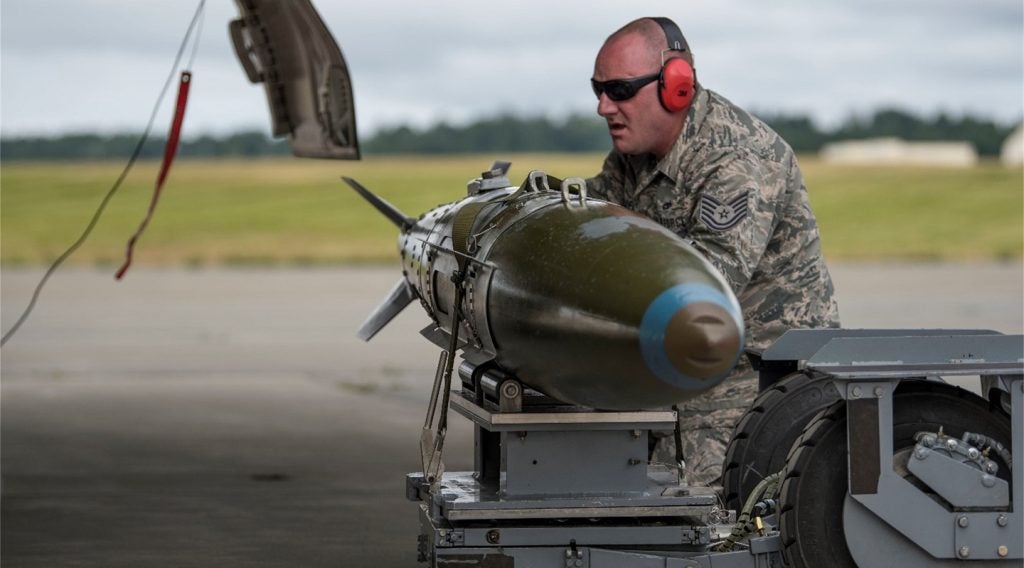Northrop Grumman has received contracts from the US Air Force (USAF) to demonstrate more affordable ways to develop a future protected military satellite communications (MILSATCOM) system.
Awarded by the US Air Force’s Space and Missile Systems Center (SMC), the three undisclosed firm fixed-price contracts cover concept development and affordable gateway risk reduction and demonstrations for the next ten months.
Work under the contract will include the development of an unclassified, government-owned waveform specification capable of proving its feasibility through component-level demonstrations.
The company will also conduct a gateway affordability demonstration by combining commercial-off-the-shelf (COTS) components with software emulation.
Northrop Grumman Aerospace Systems communication systems vice president Stuart Linsky said the existing protected satellite communications ensure connectivity that holds increased resistance to interference and detection in an evolving threat environment featuring a multitude of physical, electronic and cyber threats.
"By leveraging the government’s investment in these protected communication technologies, tomorrow’s tactical, protected satellite communications will be able to provide these capabilities at no more cost than unprotected military satellite communications,” Linsky added.
How well do you really know your competitors?
Access the most comprehensive Company Profiles on the market, powered by GlobalData. Save hours of research. Gain competitive edge.

Thank you!
Your download email will arrive shortly
Not ready to buy yet? Download a free sample
We are confident about the unique quality of our Company Profiles. However, we want you to make the most beneficial decision for your business, so we offer a free sample that you can download by submitting the below form
By GlobalData"This will revolutionise our national networks, connecting platforms to warfighters and decision makers during diplomacy through enforcement."
Demonstrations are also scheduled to highlight the system’s ability to network with a mission management system, and support integration into an information assurance architecture and other key gateway functions and capabilities.
The Protected MILSATCOM programme aims at development of practical new architectures and technologies to help increase protection of the US Department of Defense’s (DoD) high security communications systems worldwide.







